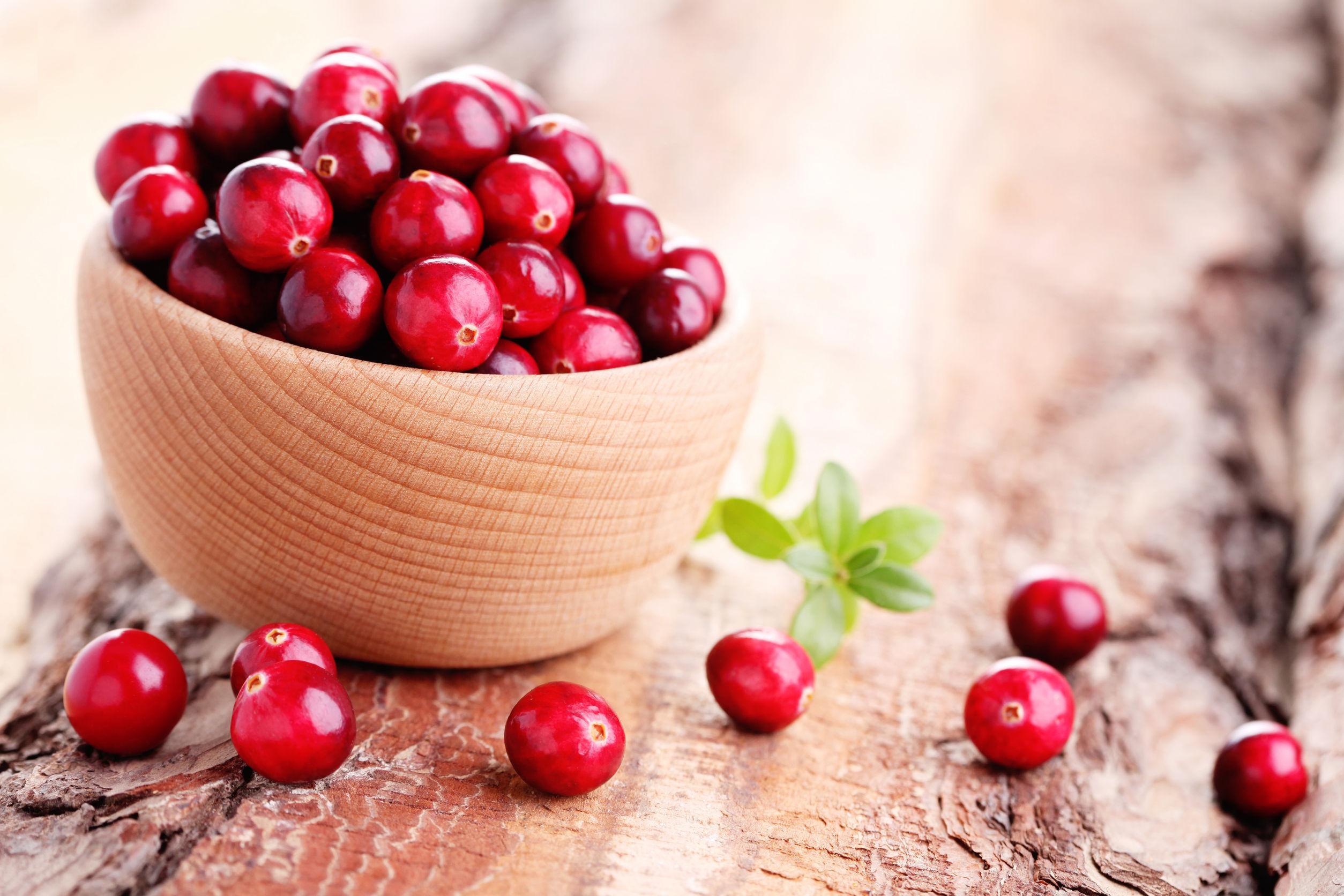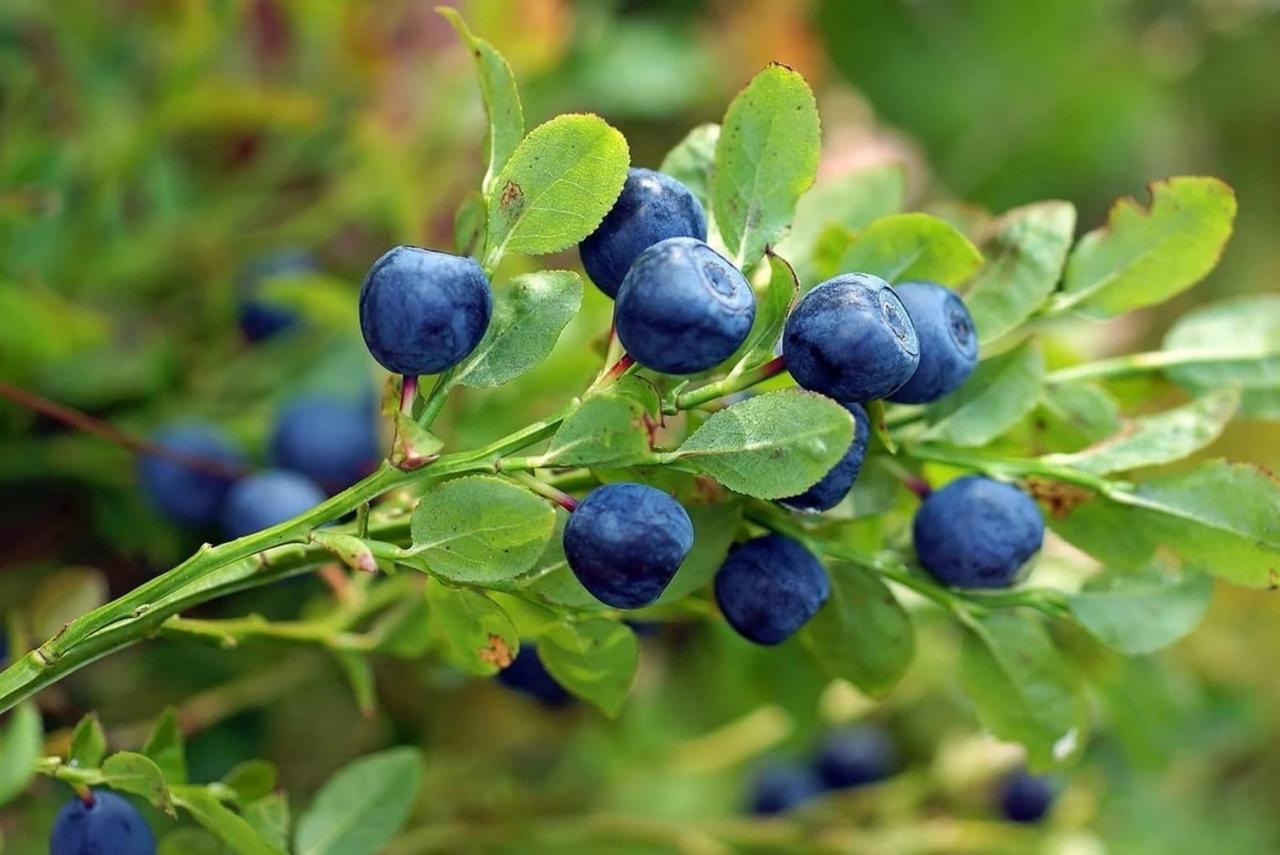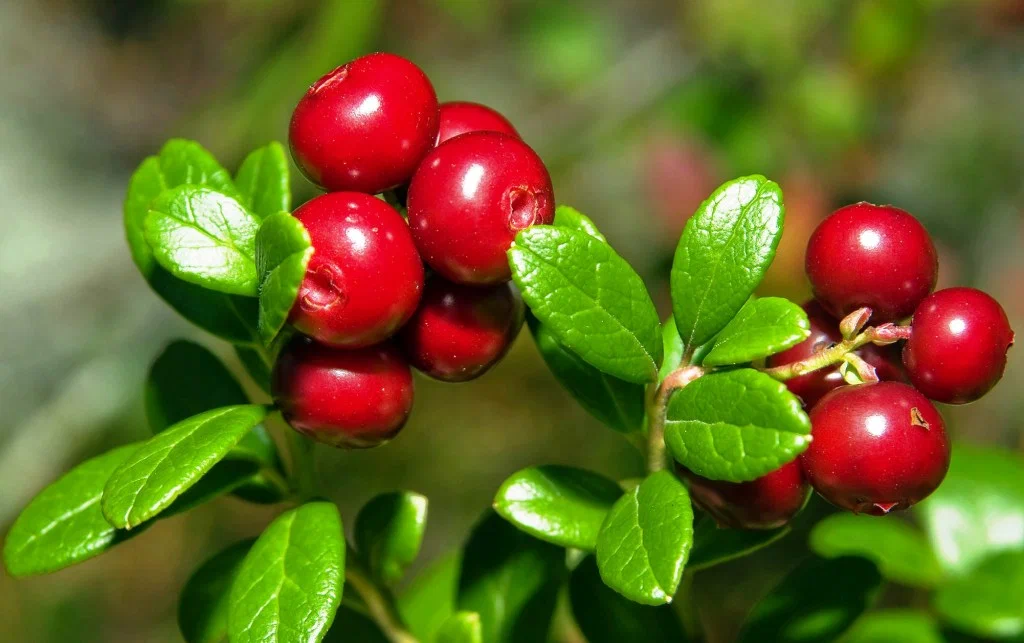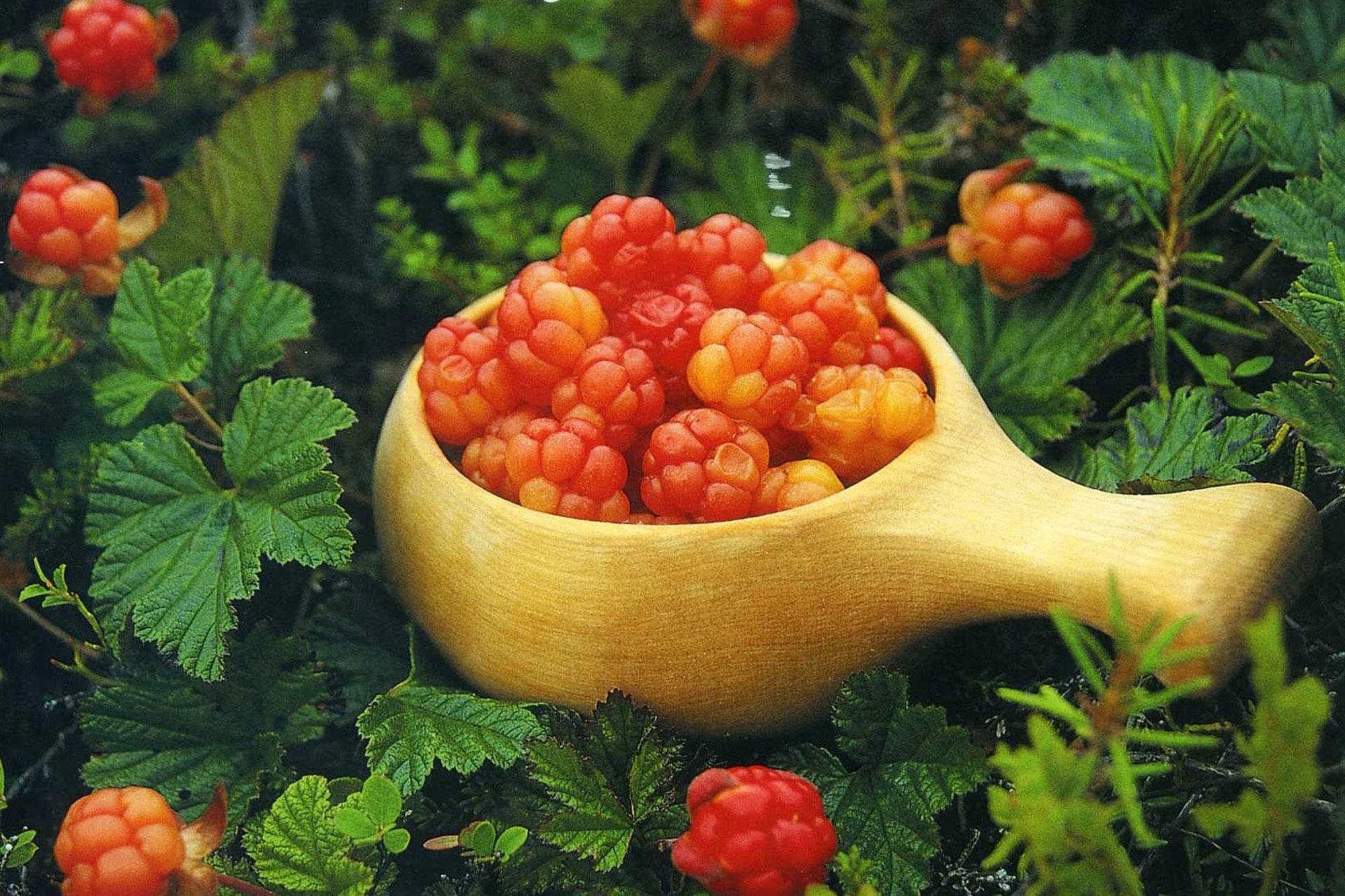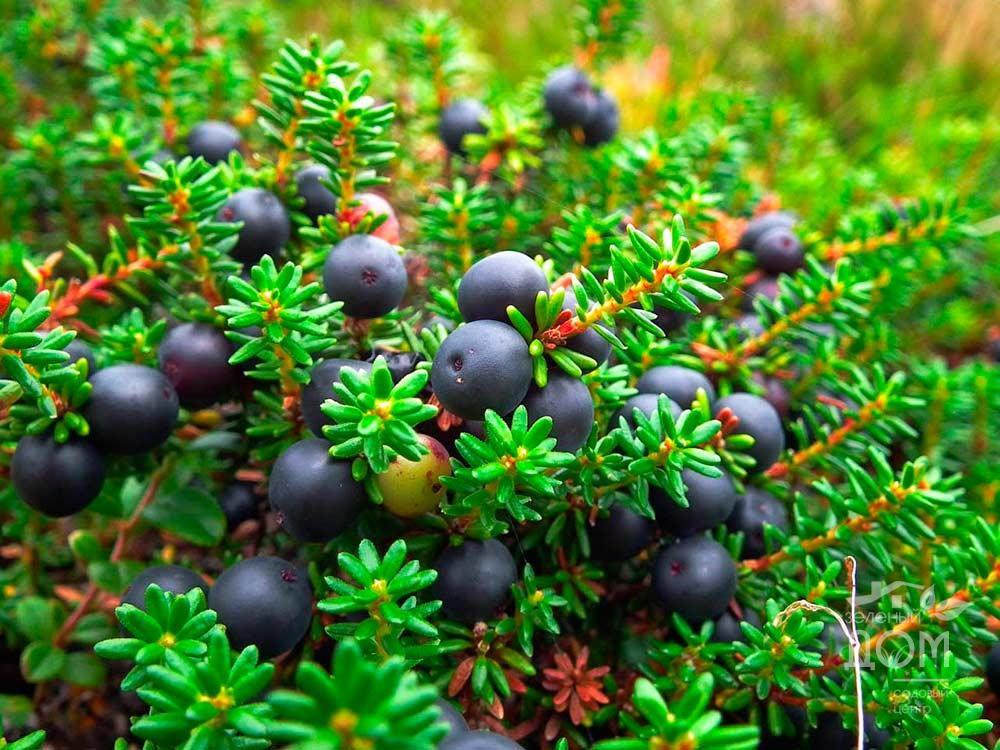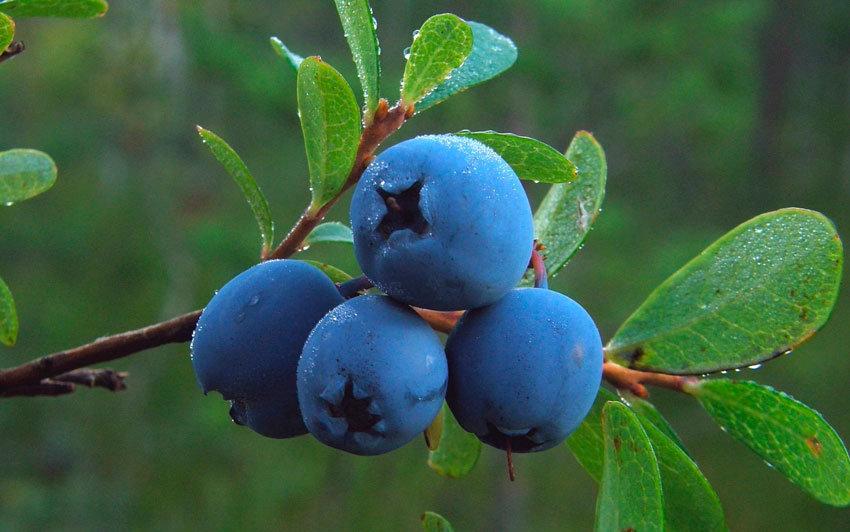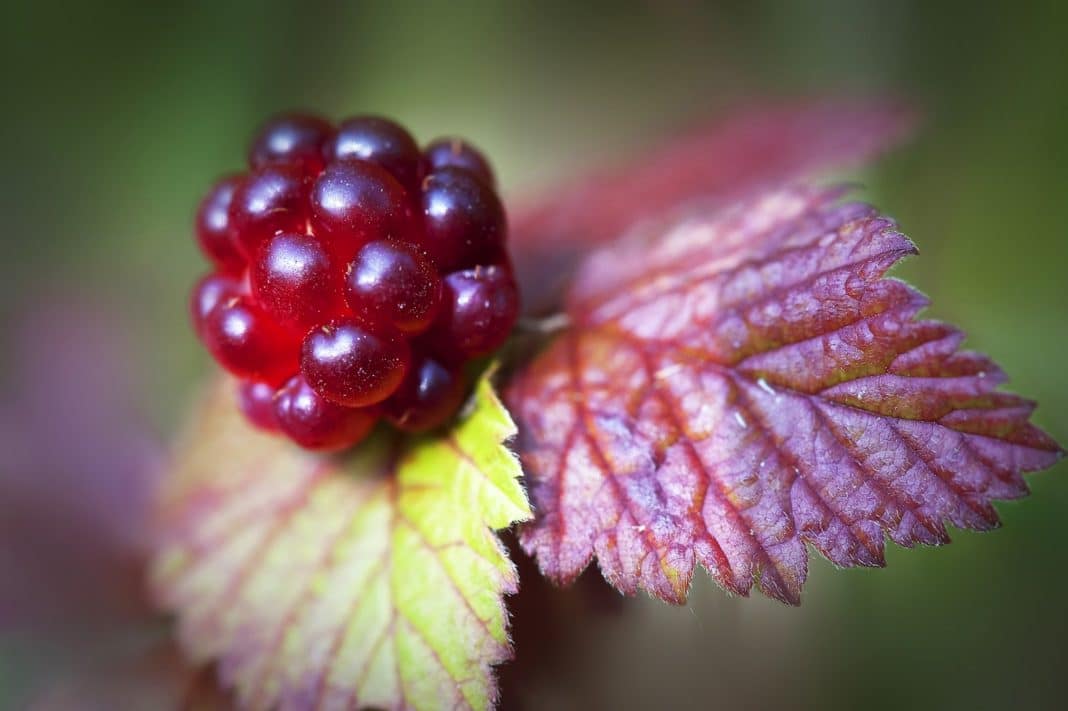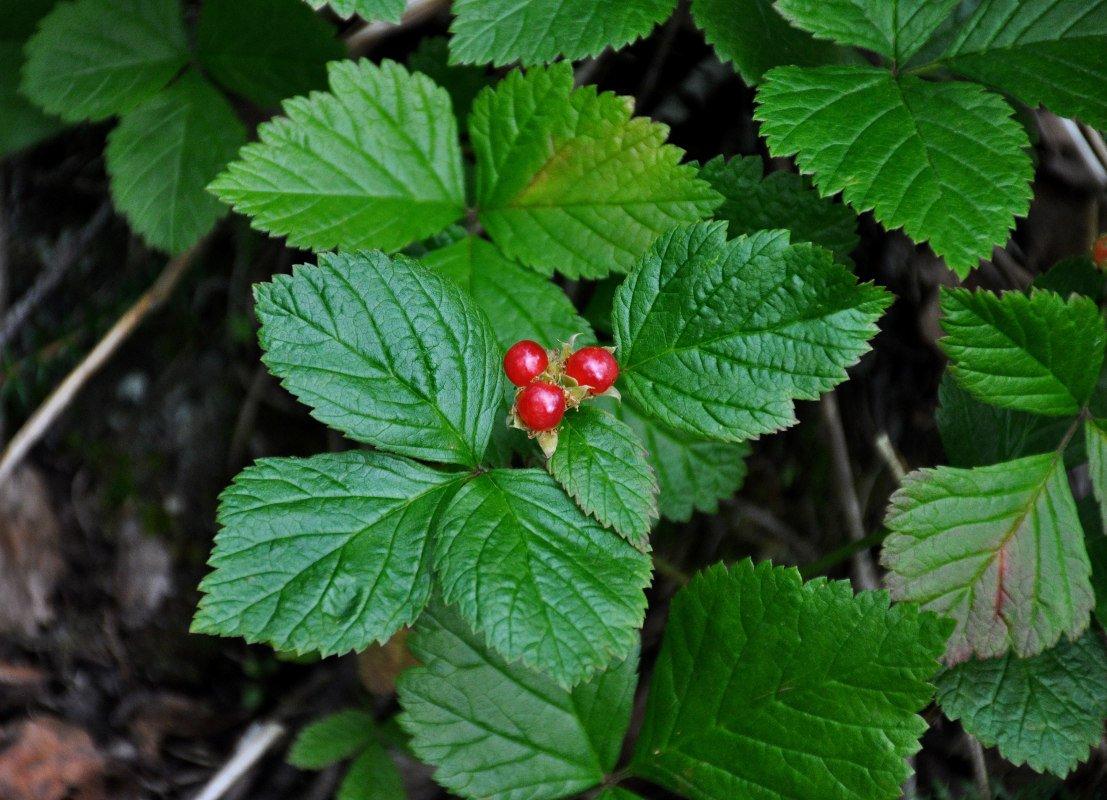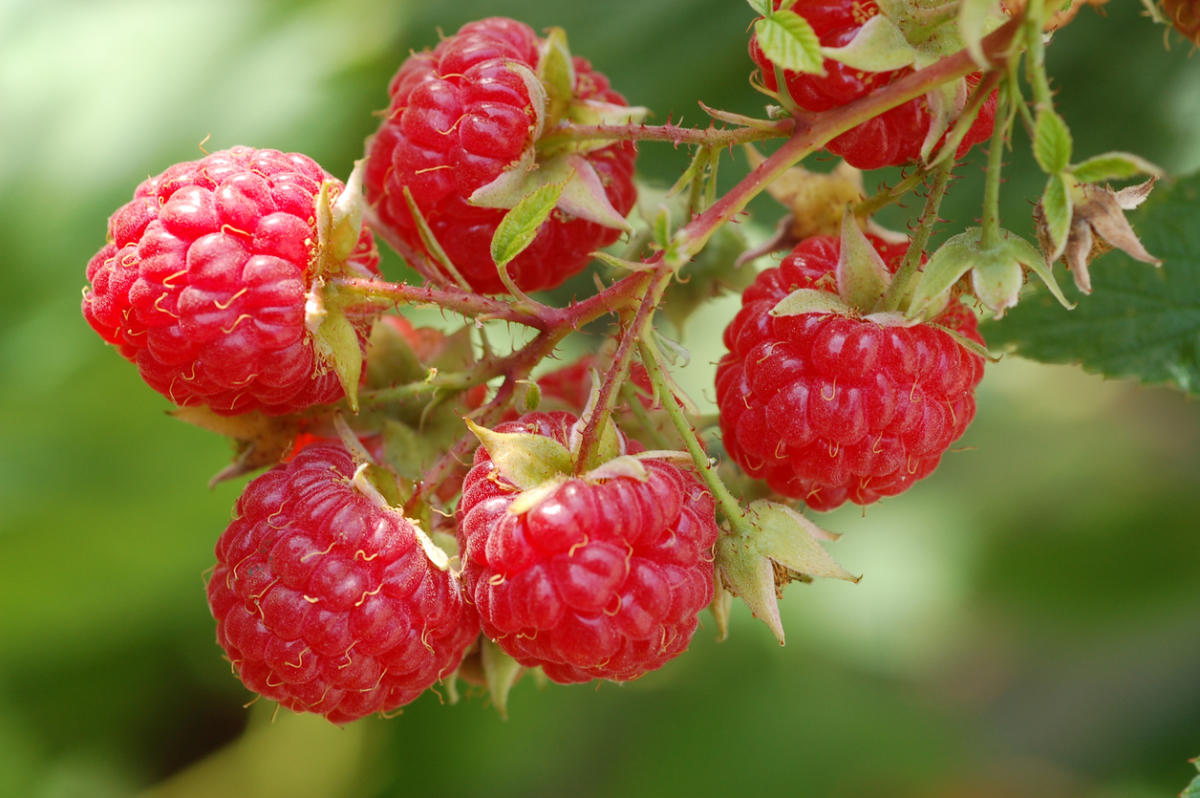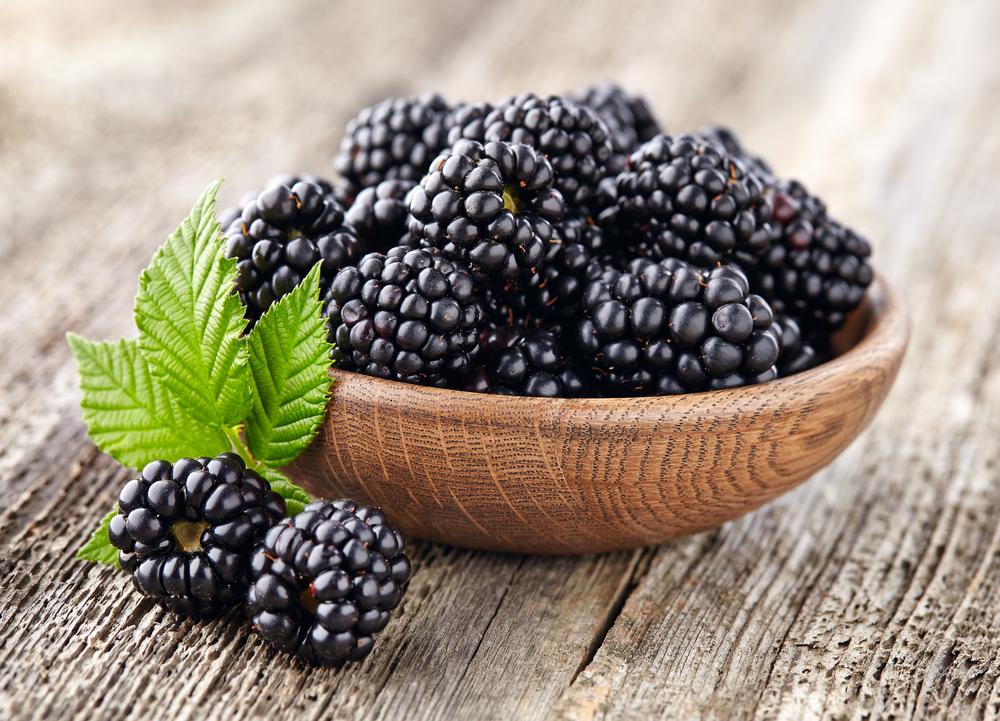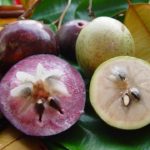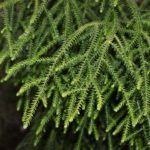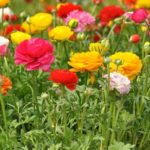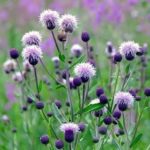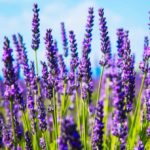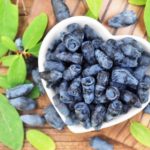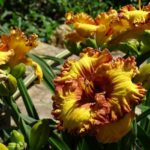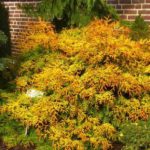Picking wild berries is a pleasant and interesting hobby. In addition, these fruits contain many vitamins and microelements, which are often used in dietetics and traditional medicine. They can also be used for preparing winter preparations and various dishes. To ensure that eating such fruits does not cause harm, it is important to learn how to collect them. A rating of edible northern wild forest berries with names and descriptions will help with this.
Cranberry
Northern peoples consider cranberries to be the queen of berries. The plant is characterized by a stem creeping along the ground, the length of which is 20-50 centimeters.The bush is distinguished by small oval-shaped leaves and has small pink flower stalks.
In the north of the country, swamp cranberries are more common. The plant has juicy red berries that contrast with the dark green leaves. The fruits have a tart, sour taste and contain a lot of vitamin C.
Cranberries grow in marshy areas and on the edges of marshy lakes. The greenery of the crop remains bright green until frost. Cranberry flowering begins at the end of June and lasts 2-3 weeks. Fruit ripening occurs in September. The berries are characterized by a round, slightly flattened shape and a sour taste with slight bitterness.
Blueberry
This plant comes from the taiga. Subsequently, breeders obtained a large number of crop varieties and adapted them to life in another area. However, the most delicious fruits are found in the northern regions. They have a honey-pine aroma.
Blueberries are low-growing shrubs that can bloom even in low temperatures. In summer, the plant bears black fruits covered with a bluish coating. They are small in size and spherical in shape. Residents of the north use not only the fruits, but also the leaves. They are dried and brewed like tea.
This plant is found in shady, moist forests. By mid-autumn, the leaves of an adult crop acquire a brown color and fall off by winter. Blueberries bloom from May to July. The berries are harvested from mid-July to mid-August. The small round fruits have a sweet and aromatic taste. It is important to consider that blueberry juice can stain the tongue, lips and teeth blue.
Cowberry
Lingonberries are considered one of the most famous northern berries. This small evergreen shrub can grow in meadows, tundra, coniferous and mixed forests in the far north.In favorable conditions, this culture can live up to 250 years. At the same time, it constantly renews the root system and shoots. Lingonberries are considered a valuable crop that is actively used in medicine.
The shoots of the plant rarely reach 1 meter. Mostly their size is 8-15 centimeters. Lingonberries bloom from late May to early June. In this case, the fruits ripen in August. These berries form clusters, which is why they are often popularly called northern grapes. They are distinguished by a bright red hue, which contrasts effectively with the lush green leaves. Lingonberries contain many vitamins.
The first attempts to start growing the plant date back to the eighteenth century. Currently, breeders have managed to develop a large number of varieties of garden lingonberries. The most famous include Coral, Ruby, Erntzegen.
Cloudberry
This plant is found in northern Russia and is deservedly considered a taiga berry. The second name of the fruit is “swamp amber”. It is associated with the orange color of the berries. Cloudberries resemble raspberries in appearance, and red currants in taste.
This perennial small shrub rarely exceeds 25 centimeters in height. The culture has a long creeping rhizome, and therefore spreads along the ground. During the flowering period, one white flower appears on thin shoots, which subsequently turns into a berry.
Cloudberries grow in the wild, in the tundra, and in peat bogs. The plant is characterized by green foliage covered with brown spots. Cloudberries bloom in June. The berries are harvested in August. The fruits taste sweet, but contain slightly sour notes. Unripe cloudberries are red in color, while ripe cloudberries are orange. The fruit looks like a composite drupe.
Vodjanika
This plant grows well in harsh climates. It is found throughout the Northern Hemisphere, including Greenland. Crowberry also grows in South America - in Tierra del Fuego and in the Andes. Such an atypical location is due to the movement of culture during the Ice Age.
Crowberry is a creeping shrub no more than 20 centimeters high. In this case, shoots can grow up to 1 meter. The plant primarily lives in coniferous forests, tundra and swamps. Moreover, in the northern regions, flowering occurs at the end of May, and fruit ripening occurs in August.
This berry perfectly quenches thirst. But due to the low content of acids and sugars, it has a relatively bland taste. At the same time, crowberry is considered very useful. It is a good remedy for combating kidney and liver diseases.
Gardeners usually grow crowberry as an ornamental crop. Thus, such varieties as Smaragd, Bernstein, Lucia are used in landscape design.
Blueberry
This plant has large dark blue fruits that can easily be confused with blueberries. They can be distinguished by the size of the bush. Blueberries grow up to 30 centimeters, while blueberries can reach 90 centimeters. Blueberries are characterized by watery, greenish flesh. Berry picking can be done in different types of forests. In most cases, the plant is found in mountainous areas and at higher elevations.
When picking blueberries, it is important to ensure that wild rosemary leaves do not end up in the basket with the berries. They are considered very poisonous and can cause fainting, dizziness, and increased drowsiness. Blueberry leaves, on the contrary, contain many valuable components.They are used to make teas and infusions. This product is also often used in cooking.
It is important to consider that blueberries are not recommended to be eaten during pregnancy and lactation. It is also not used in the nutrition of children under 1.5 years of age. Eating berries can provoke allergic reactions.
Prince
This plant has other names. It is often called bramble, raspberry, or mamura. This perennial reaches a height of 30 centimeters. In appearance, the foliage of the princess is similar to strawberry, and the fruits resemble stone fruit.
This crop is mainly found in damp areas near rivers and lakes. It can also be seen in wetlands and bushes. The flowering of the crop begins in mid-June and continues for 3-4 weeks. It is recommended to collect princesses in August.
In appearance, the fruits of the princely fruit simultaneously resemble drupes and blackberries. However, they are characterized by smaller sizes and dark cherry color. The taste of the fruits differs from other berries. They contain pineapple, raspberry and peach notes.
Stone berry
It is a herbaceous perennial that reaches a height of 30 centimeters. The shrub has 2 types of stems - short and long. Flowers and berries appear on the first variety, while the second variety spreads along the ground and takes root without difficulty. This helps give life to new shoots.
Drupes are characterized by trifoliate green leaves, which are covered with thin hairs that act as a barometer. The plant is able to predict the weather. A day before precipitation, the leaf blades, which curl into a tube due to drought, unfold.
The culture prefers shady forest areas and mountain slopes. Drupes begin to bloom in mid-summer. The fruits ripen in July and August. The red berries of the plant include 4-6 drupes. Visually they look like pomegranate seeds. The taste of the fruit is something between cherry and pomegranate.
Raspberries
This plant grows well in both the south and the north. Under natural conditions, raspberries live in young forests, on river banks and in swampy areas. This plant began to be grown quite a long time ago. Today there are many garden varieties of this crop. In the northern climate, growing raspberries has certain nuances that are associated with the climatic conditions of the region.
For cultivation, special varieties of plants are used, which are characterized by early ripening and frost resistance. In the north, remontant varieties develop well. They are able to grow even on one-year-old shoots and produce a harvest before the arrival of cold weather. This group includes varieties such as Eurasia, Hercules, and Little Humpbacked Horse.
Blackberry
Other names for blackberries include dereza, dubrovka, and zhevina. The plant is found in the south and middle part of the country. It also lives in the Caucasus. This crop is a thorny shrub up to 3 meters in size. Blackberries are characterized by green foliage and woody stems. During the flowering period, regular flowers of pink or white color appear on the plant, which form brushes.
During the fruiting period, black and shiny berries appear on the bushes, reminiscent of raspberries. At the same time, they are characterized by a more sour taste with tart notes. Harvest ripening occurs in August-September.
Blackberries contain many vitamins C, E, K. They are also rich in manganese, potassium and magnesium. The use of this product improves metabolic processes and helps strengthen the immune system. Blackberries also contain polyphenols, which prevent the formation of malignant tumors. In addition, they make it possible to prevent the occurrence of all kinds of mutations.
There are many different wild berries that grow in natural conditions. In order not to make a mistake with the choice of fruits, it is important to understand their appearance and the characteristics of their effect on the body. This will help avoid poisoning and other negative health consequences.

